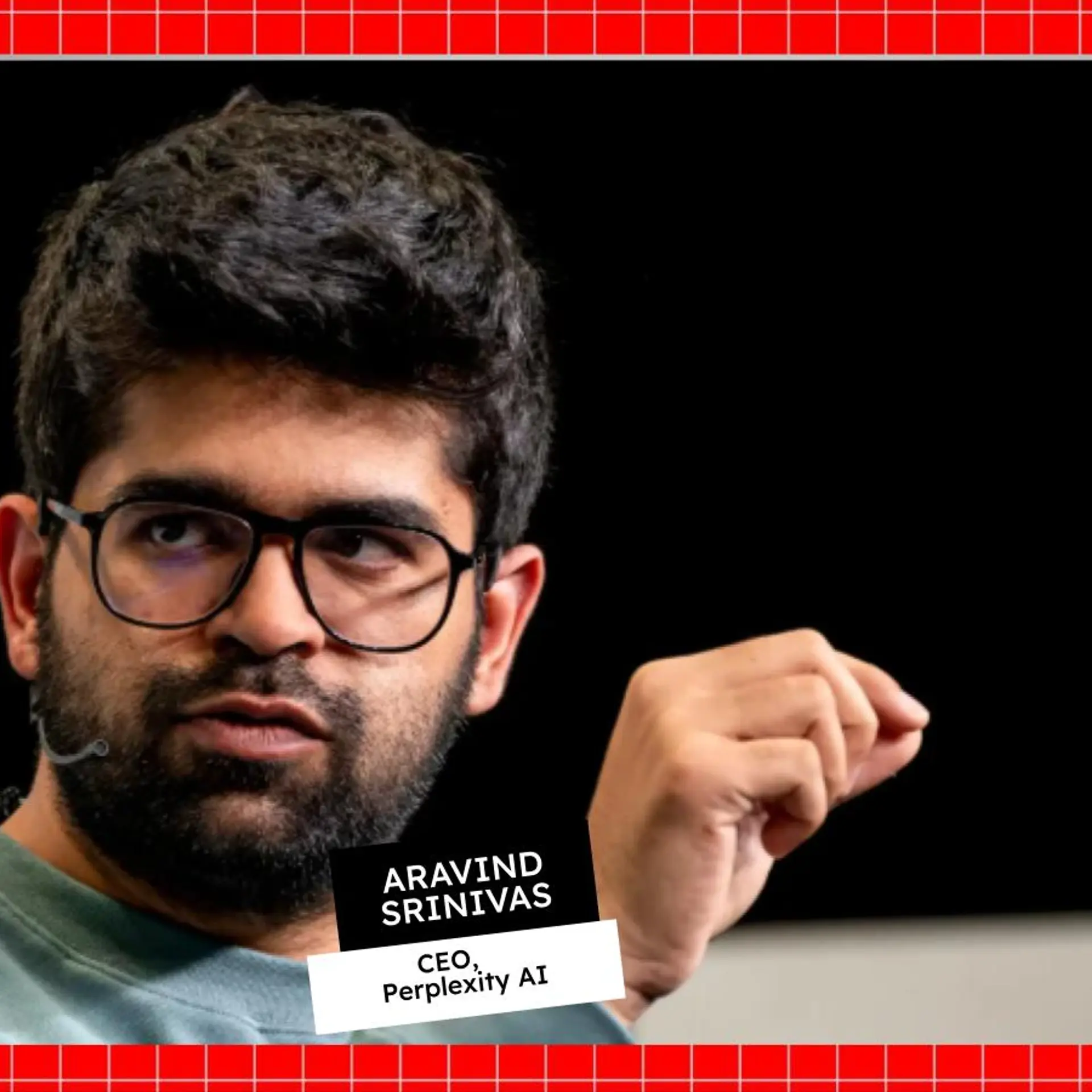What I have learnt so far in creating a mobile app
Let me start by telling you how faayda.com came about. In 2007, I was looking to start a financial website, and was searching for a domain name. I would have liked udhaar.com, but since it was already taken, I settled for udhaar.in. A few days later, when I was discussing this with a friend’s father I mentioned the domain name to him. Almost instantly, he asked, “Why do you want to start a website with a name that has a negative connotation? Why not start with faayda.com?” I responded with a joke, “Uncle, why would a domain like faayda.com be available when udhaar.com is also taken?”
When I got back home, I decided to give it a try and see if I could find a positive sounding domain name. I tried a few but all were taken. Then I typed in faayda.com, and voila, the magical words appeared on the screen - This domain is available. I could not believe my eyes. I tried a few other websites just to double check and got the same result. In my excitement, not only did I buy faayda.com, but all the other major extensions, too.

The Idea
Let’s get back to the concept behind faayda.com. After acquiring the domain, I began thinking in earnest about the idea for the financial website. But since I was preoccupied with my other startup at the time (SpeedHost.in - later acquired by Directi), I could not spend much time on it. However, as time passed, I kept thinking of more ideas. I explored many ideas - right from starting an insurance aggregator or a loan aggregator site, to a mutual fund website - but was not completely convinced about any of the ideas. With mobile penetration rising, and apps taking over websites, I decided to harness the power that apps have. I decided to make the app the customers’ primary access vehicle, but also kept it flexible enough to have a desktop access later on.
I started researching financial app models and came across Mint. Mint lets users keep their finances in order, by helping them keep track of their daily expenses, and even furnishes graphical reports to help them better manage their money.
This concept stood out for me. I knew that this was the kind of service that would be really helpful to a lot of people. I could start with a simple service that tracked income and expenses, and then later add features that would effectively make the app a personal financial advisor, helping them save and grow their money. Finally, I had something I was completely sure of, and was excited to get going.
The Proof of Concept
I was reading The Lean Startup by Eric Ries (I highly recommend this book), and it talked about getting a proof of concept or testing out the idea with an MVP (Minimum Viable Product).This means that you should create a MVP and test out your idea, before pouring a lot of time and money into full scale production. The idea is to get initial feedback on your MVP, even if the MVP is raw and buggy, and then build on it, rather than coming out with 30 features, out of which 20 are not even often used.
Since creating a MVP also takes time and money, I wanted to find out whether my concept would fly or not. I thought, “Why not create a website with details about the service, and then gauge people’s interest by asking them to signup for the beta version?”
I got the website ready (http://www.faayda.com), added a subscription button, and floated it. YourStory covered my startup and sent over 500 visitors to it in a single day! The best part was that over 25 per cent of the people who visited the website signed up for the service. This was real validation of the service.
Actual App Development
Now that I was confident of the concept, and had a lot of signups for a beta release, I started working on how to get the app developed. I had two choices: hire in-house developers, or outsource the project. There were pros and cons to both choices, but after much thought, I felt that it would be better to outsource. Here are a few of the reasons why I thought that this was a better choice.
- The project cost is decided in advance. It’s a good way to stay true to your budget.
- The time frame is also agreed upon in advance, so your launch date will not be majorly altered.
- You get more experienced people working on your project, which minimizes the occurrence of bugs.
- Design and development is in one place. You don’t have to hire separate designers and developers, which can be a challenge from a coordination point of view.
Let me also share with you a few tips on how to look for an outsourcing partner.
- Start your search by asking friends for recommendations. Their recommendations need to be from firsthand experience; not from the experience of a friend’s friend.
- If the above does not work, do a Google search. You will find many companies that come up on the first page. That does not mean that they are good at what they do; it only means that they have done a better SEO (Search Engine Optimization) than others. Go through the websites of each one of them and then judge them for their website design, their portfolio, and if they have mentioned it, a contact address. Drop them a mail and see how fast you get a response.
- Don’t make decisions going only by their portfolios. I have come across websites who put well-known brands in their portfolio only to gain customer confidence. If you come across such portfolios, ask them for customer references (their contact emails).
- Look for a team (company) rather than individuals, unless you have already worked with an individual and are confident about his/her skill set. Even so, you will rarely find someone who is both an excellent designer and coder.
- Don’t discuss your project without a signed NDA, and award the project only when you get a proper proposal with all details mentioned as per your discussion.
- Generally, you will be interacting with the sales team before awarding the project. Tell them that you wish to speak with the developers directly to gauge if they understand the concept.
- Do not pay the entire amount in advance. Try and keep three tranches; g. 30% advance - 20% on finalization of design - 50% before final delivery.
- If you can, pay using your credit card. If you are bootstrapped, this will buy you 30-40 days of interest-free credit (depending on your card), and will also give you some kind of buyers’ protection, incase the developers turn out to be duds.
- Finally, be involved on a daily basis with the project managers. Show them how serious you are, and in turn they will take your project very seriously.
Currently faayda.com is in the design phase and I hope to finalize that within this week, and move to development. I will keep documenting my journey with my startup, and share everything I learn with you. Since this is learning for me as well, please feel free to leave a comment, a question, or a tip which you would like to add to these insights.

About the author:Prashant is an idea guy currently working on his startup faayda.com. When he is not ideating, he spends his time learning guitar and trying his hands on rock climbing. He has also started his personal blog at prashantparikh.com







